The Positive Effects of Social Dancing
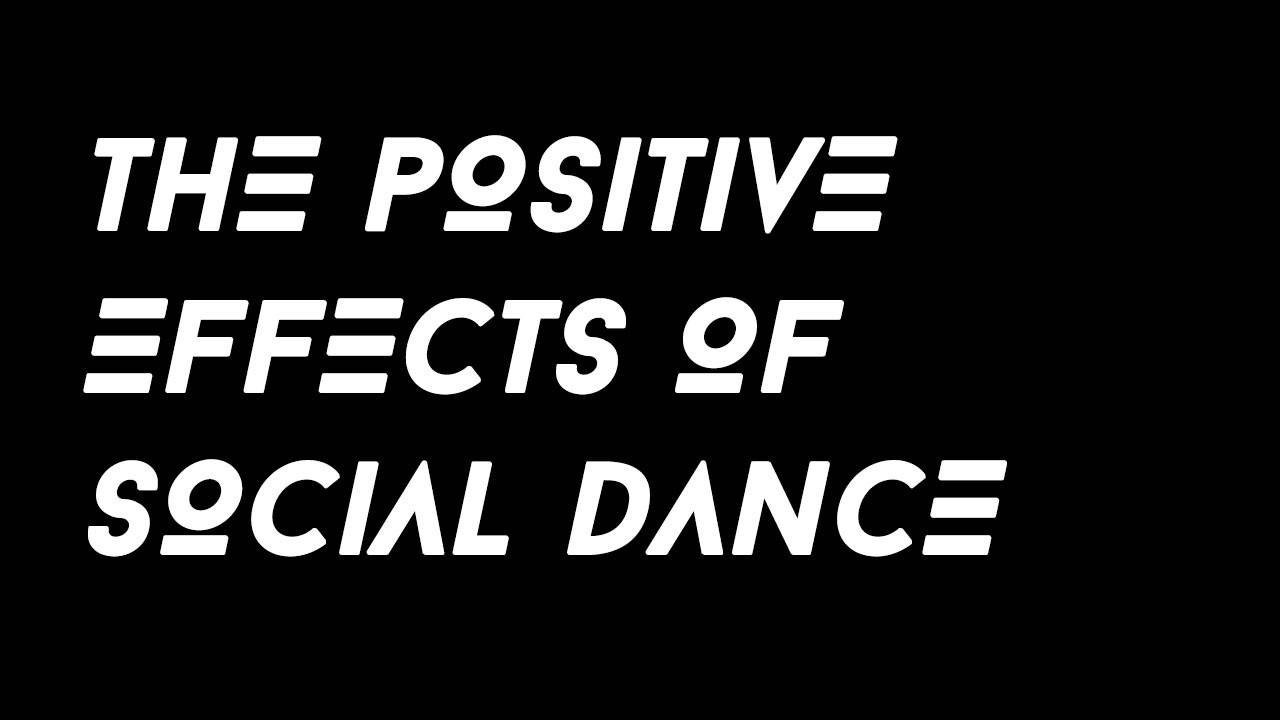
I do not doubt that social dancing is one of the best things you can do in your spare time. Salsa, bachata, kizomba, tango, west coast swing - all of them have benefits that are more obvious, and some not so obvious. They all force you to use several different senses and to use many different skills. Dance can make you healthier and happier. And it also connects you to other people.
This is an excerpt from a bonus chapter of one of my books - "The Secrets of Social Dance - How to Become a Popular Dancer" which you can find on Amazon.
If you are already a social dancer with some experience, you have felt how it is to forget everything else at that moment. You have been wholly present in the dance, lost track of time and space a bit, not spending a thought on work, your relationship, or anything else in life that might otherwise occupy your mind.
Meditation
Social dance can be like taking a vacation to a beautiful place where no problems exist, even if it is just for a short moment i...
The Elements of Music

If you want to learn more about music and musicality, no matter if you dance kizomba or any other dance, this is a good place to start. Music is built on the interplay of three things:
- Rhythm
- Melody
- Harmony
Let’s take a closer look at each one of these elements.
This is an excerpt from my book about musicality - "The Secrets of Musicality for Dancers - Learning Nine Essential Skills for Musicality in Dance" Just click the link.
Rhythm
Rhythm is essential for music. It is the element of time in music. When we clap our hands or tap our foot to the music, we are expressing one part of rhythm, the pulse.
Just like most things in nature, like the heart, the waves on the beach or the night and day rhythm, all music has a pulse, at a specific tempo. This is the same as when we often talk about beat, and the beat of music. From now on we will use the word beat instead of pulse, as I think it is more common among dancers. The tempo of this beat is what we often call BPM (Bea...
Why Follows are Out of Balance
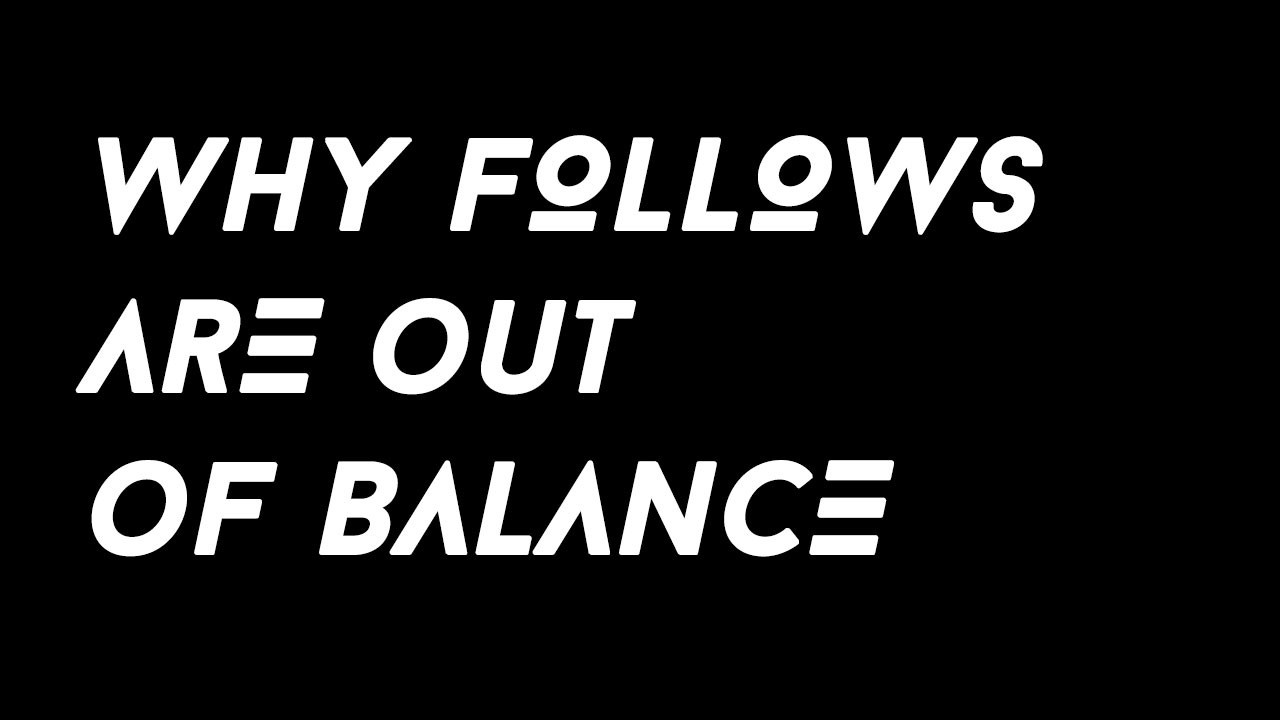
I am glad to have you here! In this blog I will talk about five different reasons a follow can be out of balance when dancing kizomba, salsa, bachata or any other partner dance and how to fix it. So, make sure you read to the end!
Feet are too far apart in taps
When you tap and you place your feet too wide, you will have some weight on both feet. When you have weight on both feet it means none of them is free to move. And, as soon as you get the signal to move, you will have to put weight on your partner to be able to take that step.
Or you will need to first transfer it 100 % to the other foot to be able to move. And if you do this you will become slow.
So, always tap with feet together. In general, try to collect your feet under your body as much as possible.
Not walking on a line
When I say walking on a line, I actually mean walking just outside that line.
The inside of the feet are touching on that imagined line. Walking like this moving forward you are in balance all the way o...
Why Take a Teacher Training in Kizomba? I Took Five & Then Developed My Own.
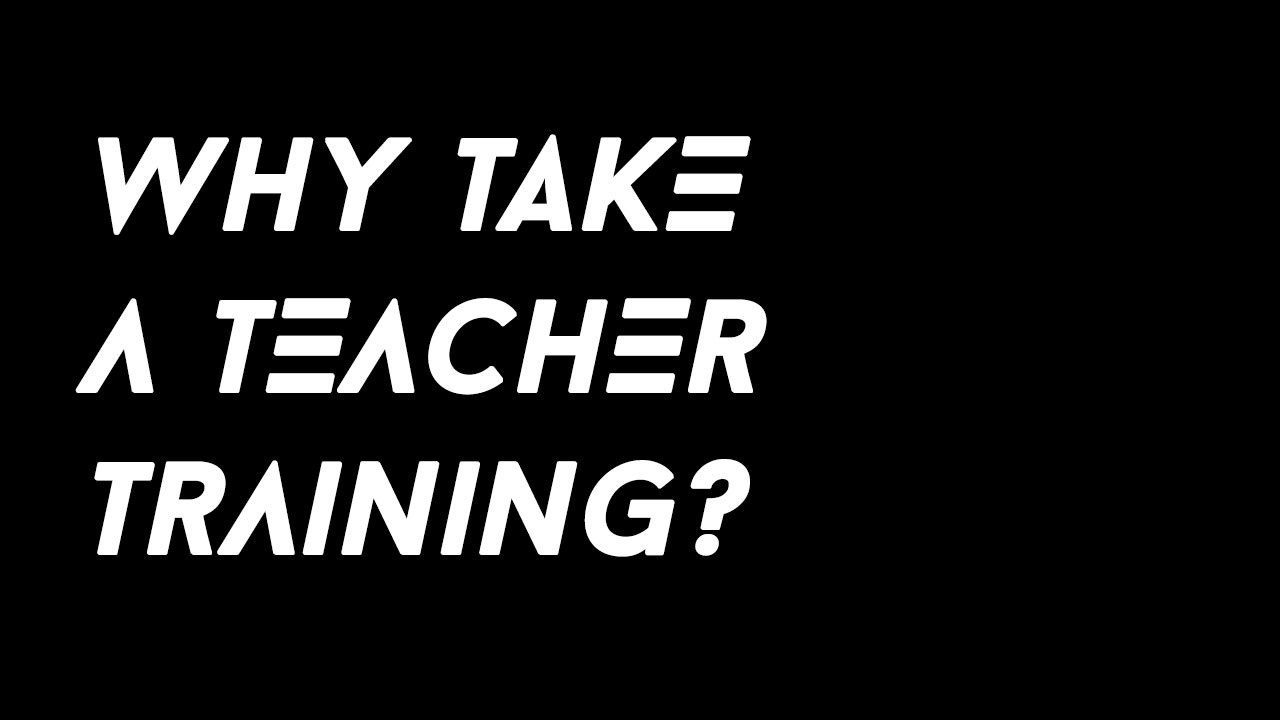
We all know it. Some people start teaching very early. They have just finished a beginner course. Others even earlier, watching a few clips on youtube they start teaching as they are learning. Not the best way to start, but I believe there are reasons to start early, while you are still very new to the dance, and to be honest, also pretty ignorant about it. But I will come back to those reasons.
However, I don't believe there are reasons to stay in that ignorance. I strongly believe that if you want to teach, you need to learn a lot. And there are many reasons to take a teacher training. If I didn't believe that I would be pretty stupid to have taken five different teacher trainings myself.
Yes, you can be a natural talent. You can learn very fast how to teach. Or maybe you already have the pedagogical skills and just need to learn the dance skills. I believe it is possible to become a great teacher without it. But, a teacher training can fast forward all that, and it can open you...
What is Floorcraft?
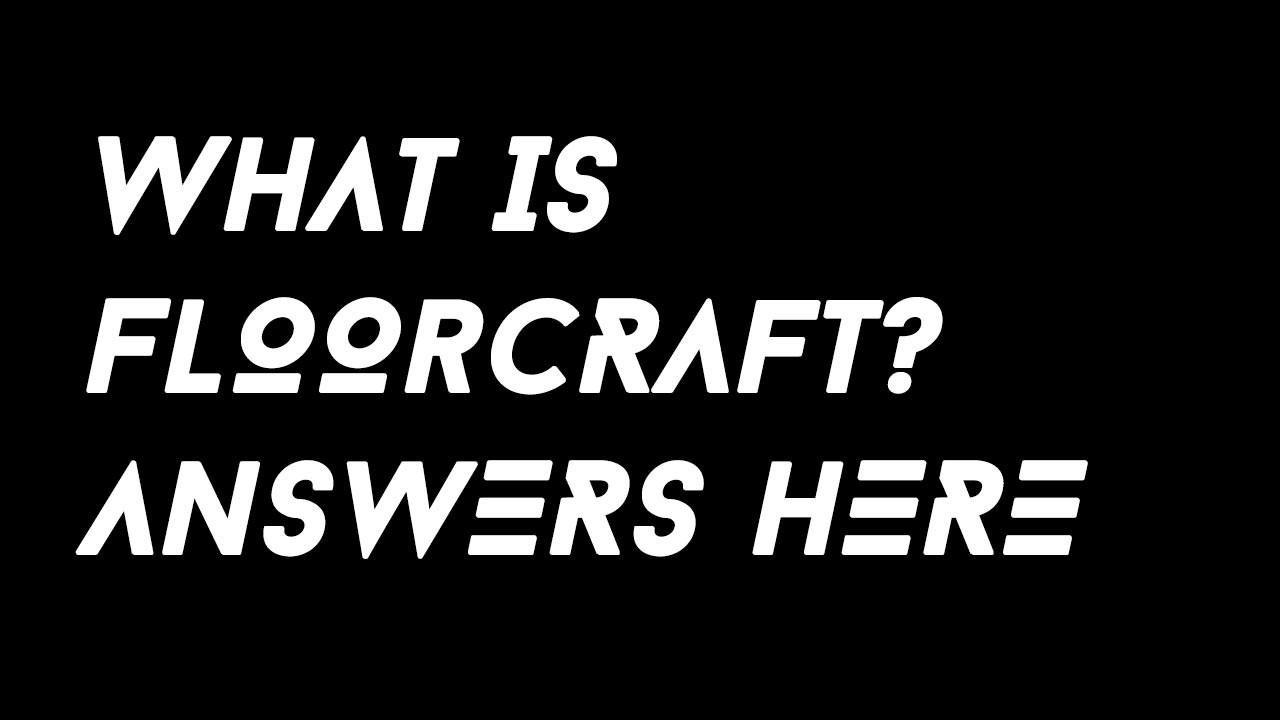
Very often people say: "Music is the Master", meaning we have to follow the music. So, if the music is very energetic, we should dance in a very energetic way, for example. But there is one thing that can be even more important than the music when it comes to how we dance.
How crowded is the floor? Sometimes it is impossible to truly follow the music when we dance, because if we did, it would be mayhem on the floor.
We need to adapt to our surroundings and all the couples around us. We have to make sure what we do is suitable for the environment. This is what floorcraft is about - to make sure dancing is enjoyable and safe for everyone. Even if I mainly dance kizomba, kizomba fusion, salsa and bachata, this text is adapted to fit for pretty much any dance.
This is an excerpt from one of my books - "The Secrets of Social Dance - How to Become a Popular Dancer" which you can find on Amazon.
Floorcraft is the art of adapting your dance to what your surroundings permit, the dance...
Tips for Dancing with Dance Teachers
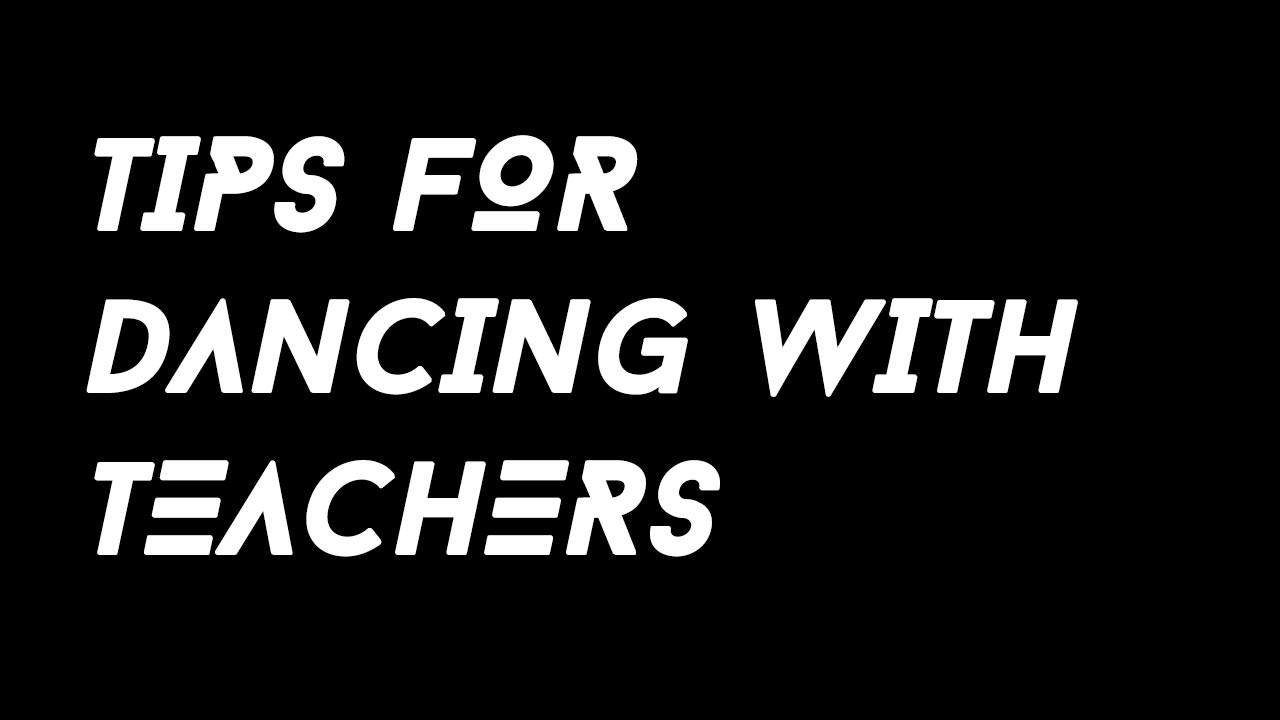
I am a dancer, and I am a teacher. I dance salsa, bachata, kizomba, kizomba fusion and semba and I give classes and online courses in kizomba and fusion. And I want to tell you something very important. Are you ready?
Teachers are just like everybody else! They are not superhuman. They are not more special than anyone else. The same rules apply to them as to everybody else. This also means that they deserve the same respect.
This is an excerpt from a bonus chapter of one of my books - "The Secrets of Social Dance - How to Become a Popular Dancer" which you can find on Amazon.
Here are some facts:
- Teachers also like to dance. Don't be afraid to invite a teacher to dance, no matter your level. Dressing up, going to the party and feeling ready to dance and then no-one dares or wants to invite you is not fun for anyone, including teachers. Please feel free to ask!
- Teachers also need to rest. It happens that teachers have the problem of not being invited, but quite often, it is ...
Dance is Like a Language
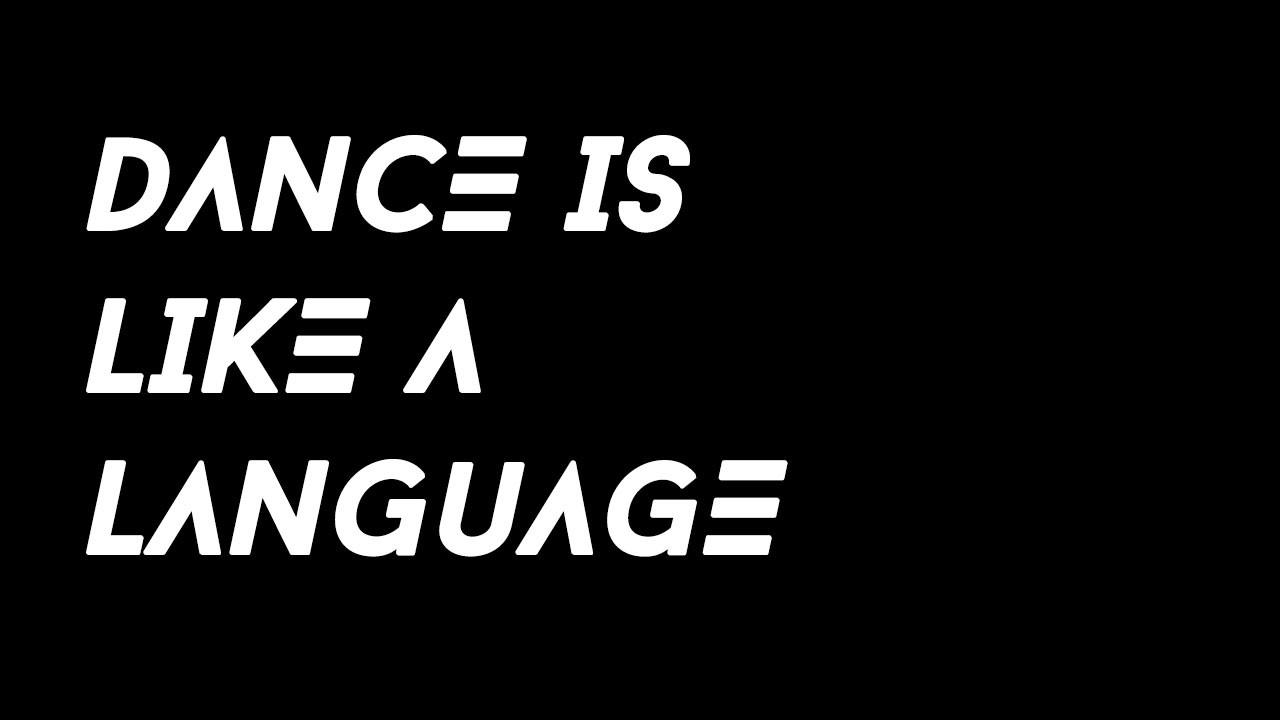
Nice to have you here!
This text is for both leaders and followers - it is about communication in dance, about rough leading and what followers can do to avoid it.
Couple dance is like a language.
There is no doubt about it. When we dance, we communicate. We speak a language. And when we speak this language, there are words, expressions, sentences and grammar that we use. Every move we make sends a signal, like a word or a sentence, that has to be interpreted. And we both interpret different signals. The leaders start the interaction, but it is not just the follower who is listening and interpreting. The leader has to listen and interpret the response from the follower all the time.
Different languages
Each dance genre is its own language in a way, even if many dances follow similar rules, just like languages do.
One of the most beautiful things about couple dance is that it is universal. It is something we all can understand. We can dance all over the world. I can invite someone on...
The 5 Biggest Follower Mistakes in Kizomba
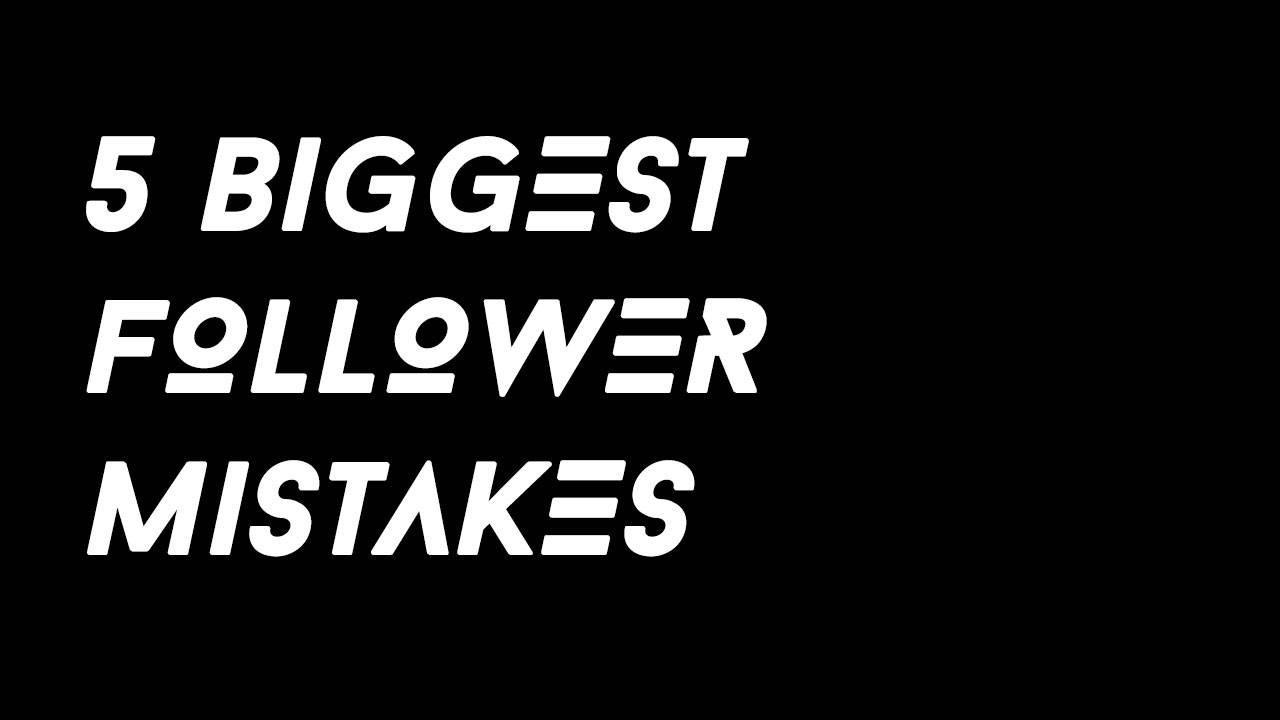
In this post you will learn what leaders really think are the biggest mistakes followers do when they dance kizomba, kizomba fusion and urban kiz.
So, the biggest follower mistakes - this is something I really know about. I dance a lot, I teach a lot, and I give many private classes. But, to be really, really sure I also took some help from Facebook and asked this:
Leaders, in your opinion, what are the biggest mistakes followers do in their dancing? In terms of technique, attitude, anything...
I made the exact same post, but for leaders. Anyway, guys gave a bit different answers than girls did. It was more focused on technique than the answers that girls gave.
So, let’s get to it!
First mistake:
Not keeping your own balance
This is really bad for the leader because the follower needs to rely on him for balance and it can even pull him out of balance.
There are several different reasons. Some of the reasons can be:
- Feet are too far apart in taps
- Not walking on a line
- Too far from leade...
The 5 Biggest Leader Mistakes in Kizomba
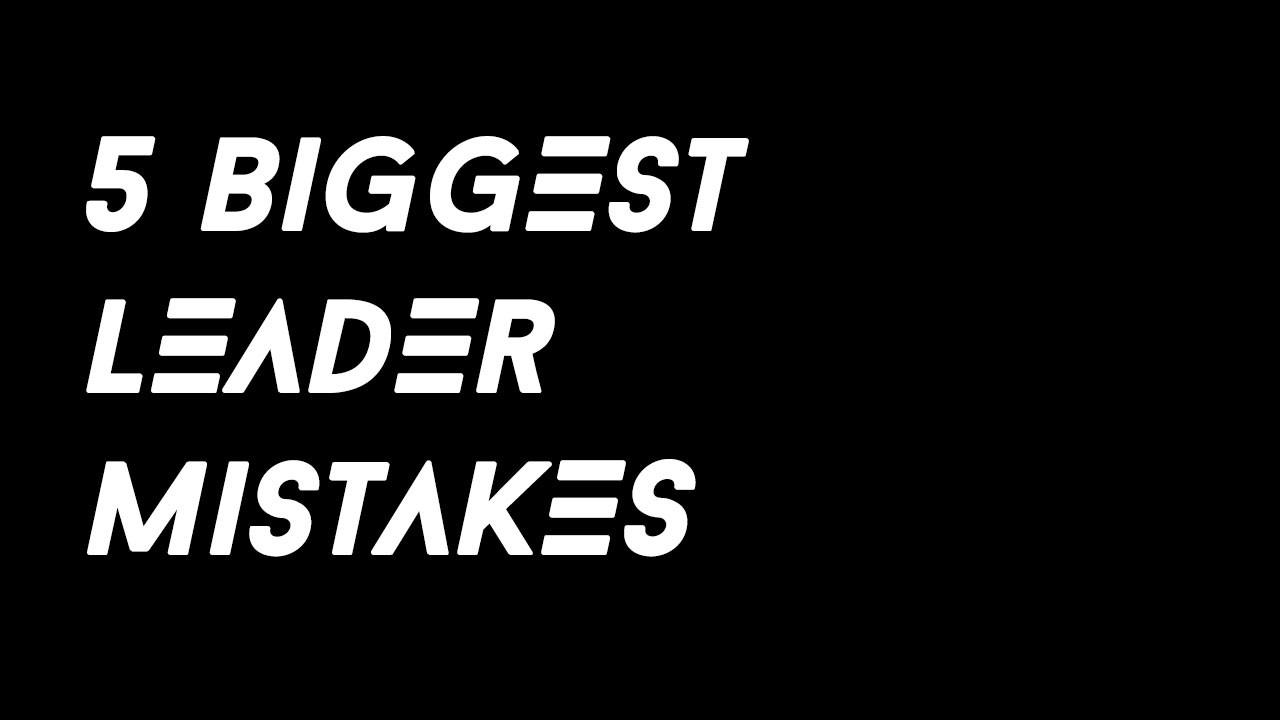
Here you will learn what followers really think are the biggest mistakes leaders do when dancing kizomba, kizomba fusion or urban kiz.
Originally, this was my plan - to talk about the 5 biggest leading mistakes in kizomba. I was thinking a bit more technical tips, but some other tips too. I had it all ready, I knew what I was going to talk about, but then I asked a question on my Facebook, to get a bit more insight.
“Followers, in your opinion, what are the biggest mistakes leaders do in their dancing?”
I made the exact same post, but for followers. Anyway, the answers I got from followers were a bit different from my original plan.
The answers I got related more to other things, not the actual leading, but more things like attitude, connection, feedback, musicality etc.
So, I decided to include more of that, and instead call it the five biggest leader mistakes.
Just to be clear, this is not scientific at all, and it is not in any specific order, but it will give you a really good idea o...
How to Get More Flow in Your Kizomba

People often tell me that my dancing feels like “flying” or that it looks very soft and fluid. And it might be true.
No matter if I have danced salsa, bachata or kizomba I have always tried to dance in a soft and fluid way, especially if the music tells me to. So, here I will tell you some of my top tips to get more flow in your dance.
Ok, so let’s get to it! How do you get more flow in your kizomba dance and move more softly?
1. First of all - Your step - front of the foot first
The way you step makes a huge difference. If you want to have flow and softness in your dance you need to step with the front of your foot first. Have you ever seen a trained, professional dancer stepping with the heel first? Someone who has danced ballet, jazz or contemporary? No, they are trained to step with the front of the foot first. Why? Because the front of the foot makes for a softer step. It gives you much more control - if you transfer the weight or not, how much you transfer, if you want to just touch ...




